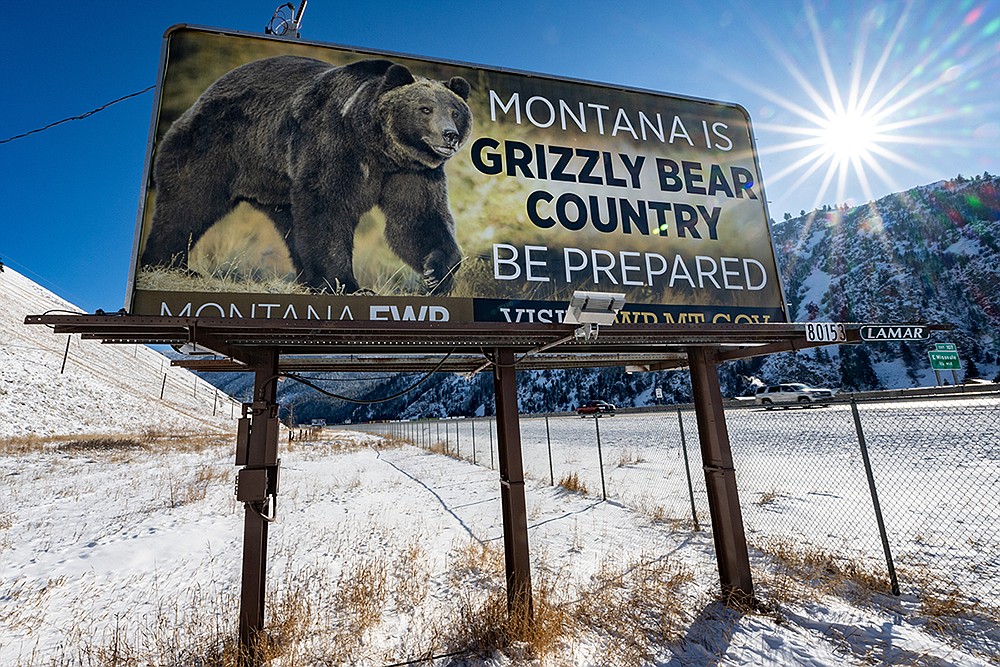UM study: Montanans share common love toward grizzly bears
MISSOULA – For an animal whose population barely tops 2,000, Montana’s grizzly bears hold an outsized presence in the psyche and politics of the Treasure State.
Small wonder, then, that Montanans, though likely never to have seen a grizzly, hold strong opinions about the legendary bruins — opinions they readily shared for a study by the University of Montana and Montana Fish, Wildlife and Parks, which was just published in the journal Conservation Science and Practice...
Become a Subscriber!
You have read all of your free articles this month. Select a plan below to start your subscription today.
Already a subscriber? Login



